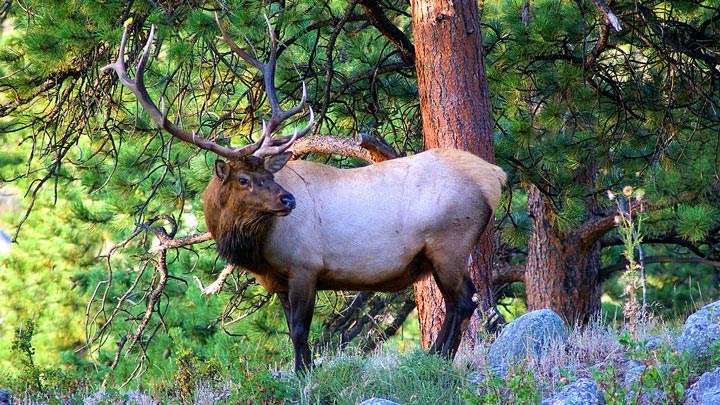
by Mark Chesnut - Monday, June 6, 2022

Most people involved with hunting know that hunters and sport shooters fund the vast majority of wildlife conservation in the United States through license fees and taxes on guns, ammo and other equipment. Yet it’s likely that few realize just how much that tax levied on guns and gear at the manufacturer level actually contributes to the states for conservation projects.
According to the National Shooting Sports Foundation (NSSF), the firearm industry trade association, the gun industry recently surpassed the $15 billion mark in contributions to the Wildlife Restoration Trust Fund (Pittman-Robertson) since its inception in 1937.
“This is an achievement for which all in the firearm and ammunition industry are proud,” Joe Bartozzi, NSSF’s President and CEO, said in a news release. “This historic milestone is indicative of the value this industry places on the conservation of wildlife and the habitats in which they thrive. The Wildlife Restoration Trust Fund, which is mainly funded by taxes paid by firearm and ammunition manufacturers, has been responsible for the restoration and recovery of America’s iconic game species, including the Rocky Mountain elk, whitetail deer, pronghorn antelope, wild turkey and a variety of waterfowl. These funds have also contributed to the recovery of non-game species that are not hunted, including the American bald eagle.”
The Wildlife Restoration Trust Fund is funded by excise taxes paid by firearm and ammunition manufacturers on their products, as well as archery equipment manufacturers. The excise tax is set at 11 percent of the wholesale price for long guns and ammunition and 10 percent of the wholesale price for handguns. The excise tax, paid by manufacturers and importers, applies to all firearms produced or imported for commercial federal law enforcement sales, whether the purpose is for recreational shooting, hunting or personal defense.
Incredibly, the NSSF noted that the total from the P-R fund had topped the $14 billion mark less than a year ago. A similar program taxes fishing equipment (Dingell-Johnson/Wallop-Breaux Federal Aid in Sport Fish Restoration Act) at the manufacturer level, with that money going to the states for fisheries projects.
In fact, on Feb. 11 the Interior Department’s U.S. Fish and Wildlife Service (USFWS) announced that a record $1.5 billion will be distributed to state wildlife agencies for wildlife and habitat conservation and outdoor recreation initiatives in 2022 through America’s Wildlife and Sport Fish Restoration (WSFR) Program.
States receive their funding through formula-based permanent appropriations. The distribution formulas are based primarily on land and water area and the number of paid recreational hunting and fishing license holders in each state. State fish and wildlife agencies make their own management decisions about how the funds are used. The WSFR dollars typically fund up to 75 percent of project costs. Most states must provide a matching share of up to 25 percent, usually from state hunting and fishing license revenues.
NSSF’s Bartozzi said those within the firearm industry are proud to do their part for wildlife conservation and the future of hunting.
“The firearm and ammunition industry is filled with pride to achieve this landmark for conservation funding and the role our industry plays to ensure America’s wildlife is perpetuated for future generations,” he said.
About the Author
Freelance writer Mark Chesnut is the owner/editorial director at Red Setter Communications LLC in Jenks, Okla. An avid hunter, shooter and field-trialer, he has been covering Second Amendment issues and politics on a near-daily basis for over 20 years, previously serving as editor of the NRA’s America’s First Freedom.
E-mail your comments/questions about this site to:
[email protected]
Proudly supported by The NRA Foundation and Friends of NRA fundraising.
